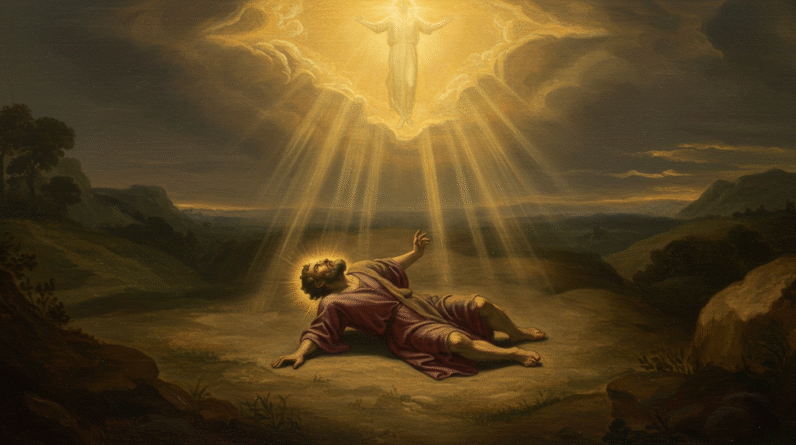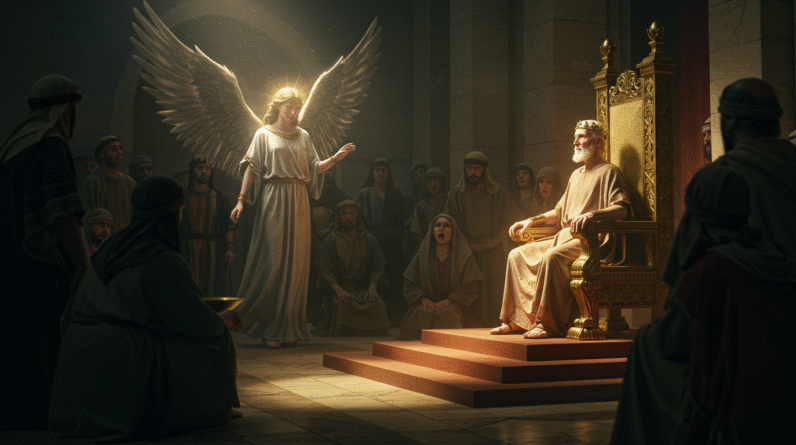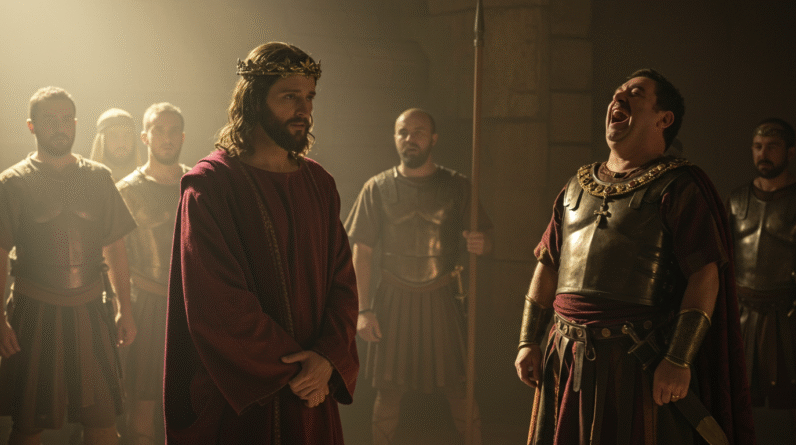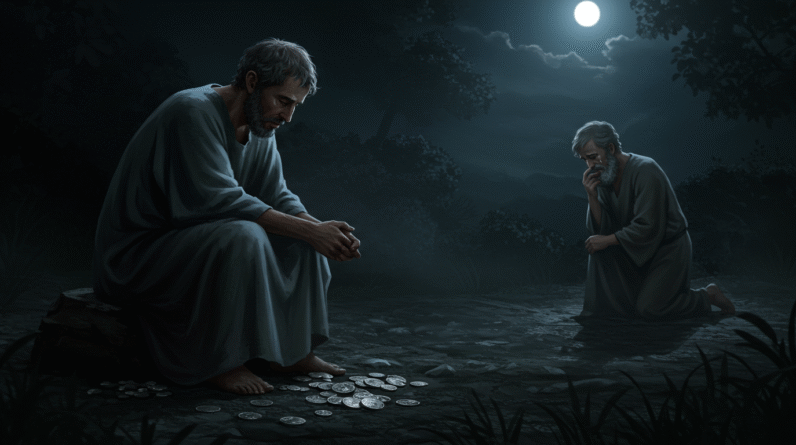Haman’s Pride and God’s Justice: A Story of Reversal
Hey there! Today, let’s dive into an extraordinary tale of pride, justice, and the unexpected twists that life sometimes throws at us. We’re talking about Haman, a figure whose story is a classic example of how unchecked arrogance can lead to one’s downfall. You might have heard the phrase “being hanged on your own gallows,” but did you know it originates from this fascinating narrative? So, grab a cup of coffee, get comfy, and let’s explore Haman’s pride and God’s justice in the story of reversal.
Understanding Haman’s Pride
To begin with, Haman is portrayed in the Book of Esther as a high-ranking official under King Xerxes of Persia. His position brought him immense power and influence. But with great power comes great responsibility—or let’s be honest, sometimes just a huge inflated ego. Haman had a serious pride problem. He craved respect and admiration, and when he didn’t receive it, he sought revenge.
Haman’s pride wasn’t just a minor character flaw; it was a driving force in his life. He wasn’t content with being powerful; he wanted everyone to bow before him—literally. He decreed that all citizens should bow and show him respect, but one man refused to comply. Mordecai, a Jew and another key figure in this story, held his ground, igniting a deep-seated fury in Haman. This refusal was a personal affront to Haman’s ego, and rather than chalk it up to one man’s stubbornness, Haman sought to annihilate not just Mordecai but all of Mordecai’s people to satisfy his pride.
Haman’s Plot Against the Jews
Haman’s reaction to Mordecai’s refusal is where the story takes a dark turn. Rather than dealing with his bruised ego rationally, Haman allowed his pride to cloud his judgment, leading him to devise a plan for the extermination of the Jewish people within the kingdom. With his influence over King Xerxes, Haman secured permission to carry out this plan. He set a date for the destruction of the Jews, casting lots or “Purim” to determine the day—an act that denotes his sense of control over fate.
This plot showed the extremes of Haman’s pride. His arrogance made him believe he was invincible, that his plans were foolproof. But little did he know, divine justice was at play, and he was about to face the consequences of his hubris. Sometimes, life has its way of pulling the rug out from under us when we least expect it.
The Ironic Twist: Haman’s Pride Becomes His Downfall
Here’s where the narrative takes an unexpected turn. Haman’s plan was advancing smoothly, or so he thought. Meanwhile, Esther, the Jewish queen and Mordecai’s cousin, was working on a plan of her own. Through bravery and faith, she approached the king, despite the risk to her life, to reveal Haman’s plot and her Jewish heritage.
King Xerxes, upon learning of Haman’s deceit and Esther’s true background, was furious. The king realized he had been manipulated, and as luck—or divine intervention—would have it, Haman’s pride had set the stage for his undoing. He had constructed a massive gallows, intending to hang Mordecai from it. Yet, in a poetic twist of fate, it was Haman who ended up hanging on his own gallows.
At this moment, the justice of God and the inevitability of divine intervention were on full display. Haman’s pride led him to build the very instrument of his downfall. As they say, what goes around comes around. The story becomes a powerful reminder of the perils of hubris and the belief that one can play God without consequence.
Haman’s Fate Sealed by His Own Actions
Haman’s downfall is a classic tale of “pride goes before destruction.” His own actions, driven by excessive pride, led him to dig his own grave. It’s a vivid illustration that you can’t always get away with stepping on others to uplift yourself. You see, Haman’s gallows were not just physical—they were metaphorical representations of his arrogance, which ultimately led to his demise.
This part of the story brings a chilling yet satisfying sense of justice, showing that even when human justice fails to act promptly, divine justice can deliver swift retribution. Haman’s fate reminds us that unequal power dynamics are often temporary, and no one is immune from accountability.
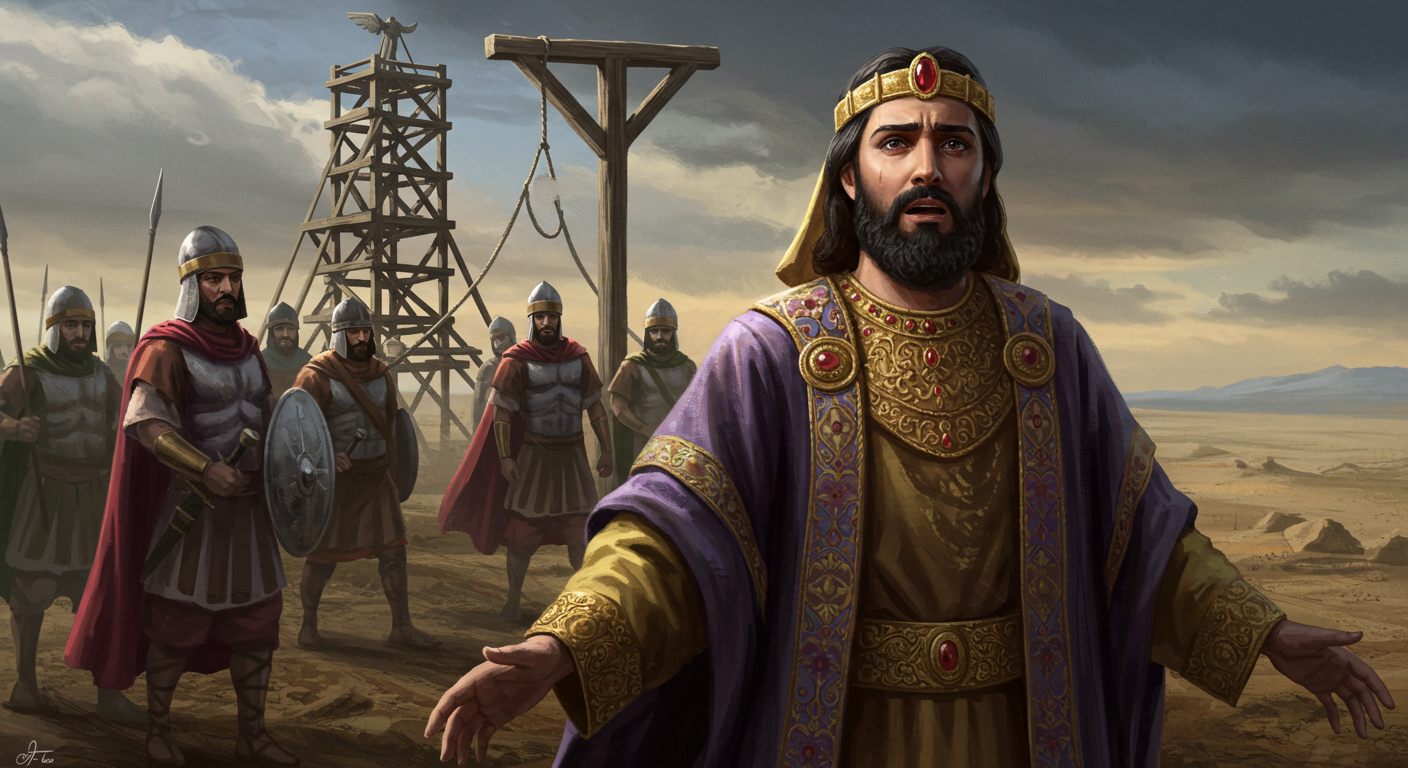
The Role of Divine Justice in Human Affairs
Okay, so what does this story really teach us? Beyond its intriguing plot, the story of Haman is also a profound testimony about divine justice. Many times in life, it might seem like unfair actions go unpunished, that prideful individuals thrive at the expense of others.
But as the story of Haman illustrates, justice is sometimes just a waiting game. God, or however you perceive a higher power, can work in ways that we might not immediately understand. In Haman’s case, all the pieces fell into place perfectly—not by accident but by divine orchestration.
The story encourages us to consider how pride not only impacts the person consumed by it but also those around them. It prompts reflection on our own lives, urging us to seek humility and keep our egos in check. Haman’s pride wasn’t just his downfall; it was a catalyst that reaffirmed the presence of divine justice, reminding us that there’s often more happening behind the scenes than we realize.
Haman Pride: Lesson in Humility and Accountability
At the heart of this story, Haman pride stands as a tale of warning—a caution against letting ego dictate one’s actions. Pride can blind us from seeing the bigger picture, from assessing the consequences of our actions on others and ourselves.
Think about it. How often do we let our ego overshadow our better judgment? How many times have we found ourselves in sticky situations simply because we refused to back down, apologize, or make amends? The lesson from Haman’s story is timeless: unchecked pride often leads to consequences one cannot foresee.
It’s also a call to accountability, to recognize when our actions might be harming others and pivot before it’s too late. Even today, Haman pride serves as a powerful reminder that prideful intentions can lead to ironic downfalls and that remorse can sometimes come too late to avoid repercussions.
The Legacy of the Story: The Celebration of Purim
The outcome of this story did more than just bring justice; it also gave birth to the Jewish festival of Purim, a celebration of survival and reversal of fortune. Purim serves as a time to remember the events that unfolded, reinforcing the importance of faith, courage, and the triumph of good over evil.
During Purim, the story is recounted with much fanfare, often with dramatic reenactments highlighting the irony of Haman’s fate. It’s a time to reflect on the themes of the story, such as divine justice and the dangers of Haman pride. The festival also encourages charitable acts and sharing joy with others, emphasizing the positive outcomes that can emerge from dire situations.
Purim has become more than just a celebration; it’s a yearly reminder of how quickly tides can turn. It invites everyone, regardless of faith, to contemplate the significance of humility and justice in their own lives.
Reflecting on Personal Growth from Haman Pride
That said, what resonates most from Haman’s story is the window it opens for personal reflection and growth. Standing back and observing how Haman’s unchecked pride led him to his fate reminds us that it’s never too late to change. Maybe you’ve caught yourself harboring that same pride, maybe not to the extent of Haman, but enough that it could need some addressing.
Stories like Haman’s are opportunities—they poke at our conscience and nudge us toward better paths. They teach us that pride can distort our judgment but can also be recalibrated for good through self-awareness and introspection.
The thing about pride is, it’s not necessarily negative. It’s human. We all have an innate need to feel valued and respected. The key, however, lies in balancing pride with humility, nurturing constructive pride in accomplishments while keeping a watchful eye on ego.
By learning from Haman’s story, we can embrace vulnerabilities, admit faults, and in turn, foster healthier relationships and communities. It shines a light on the wisdom of humility and the transformative power of admitting one’s limitations.
Final Thoughts: Embrace Humility for Growth
So, what’s the takeaway here? At the core of Haman’s narrative is a lesson that’s universal: Hubris is a path to downfall, while humility opens the door to growth and grace.
If there’s one thing you get from this story, let it be the awareness to catch yourself before pride leads you to decisions that are regrettable. Remember, divine justice can take unexpected forms and often comes full circle when least anticipated.
As you reflect on this tale, ask yourself: What are the gallows I might be building today with my pride? How can I redirect my path toward humility and accountability? Remember, every day is an opportunity to rewrite your story and steer it toward a plot where everyone thrives.
Explore More
For further reading and encouragement, check out these posts:
👉 7 Bible Verses About Faith in Hard Times
👉 Job’s Faith: What We Can Learn From His Trials
👉 How To Trust God When Everything Falls Apart
👉 Why God Allows Suffering – A Biblical Perspective
👉 Faith Over Fear: How To Stand Strong In Uncertain Seasons
👉 How To Encourage Someone Struggling With Their Faith
👉 5 Prayers for Strength When You’re Feeling Weak

📘 Jesus and the Woman Caught in Adultery – Grace and Mercy Over Judgement
A powerful retelling of John 8:1-11. This book brings to life the depth of forgiveness, mercy, and God’s unwavering love.
👉 Check it now on Amazon
As a ClickBank Affiliate, I earn from qualifying purchases.
Acknowledgment: All Bible verses referenced in this article were accessed via Bible Gateway (or Bible Hub).
“Want to explore more? Check out our latest post on Why Jesus? and discover the life-changing truth of the Gospel!”



